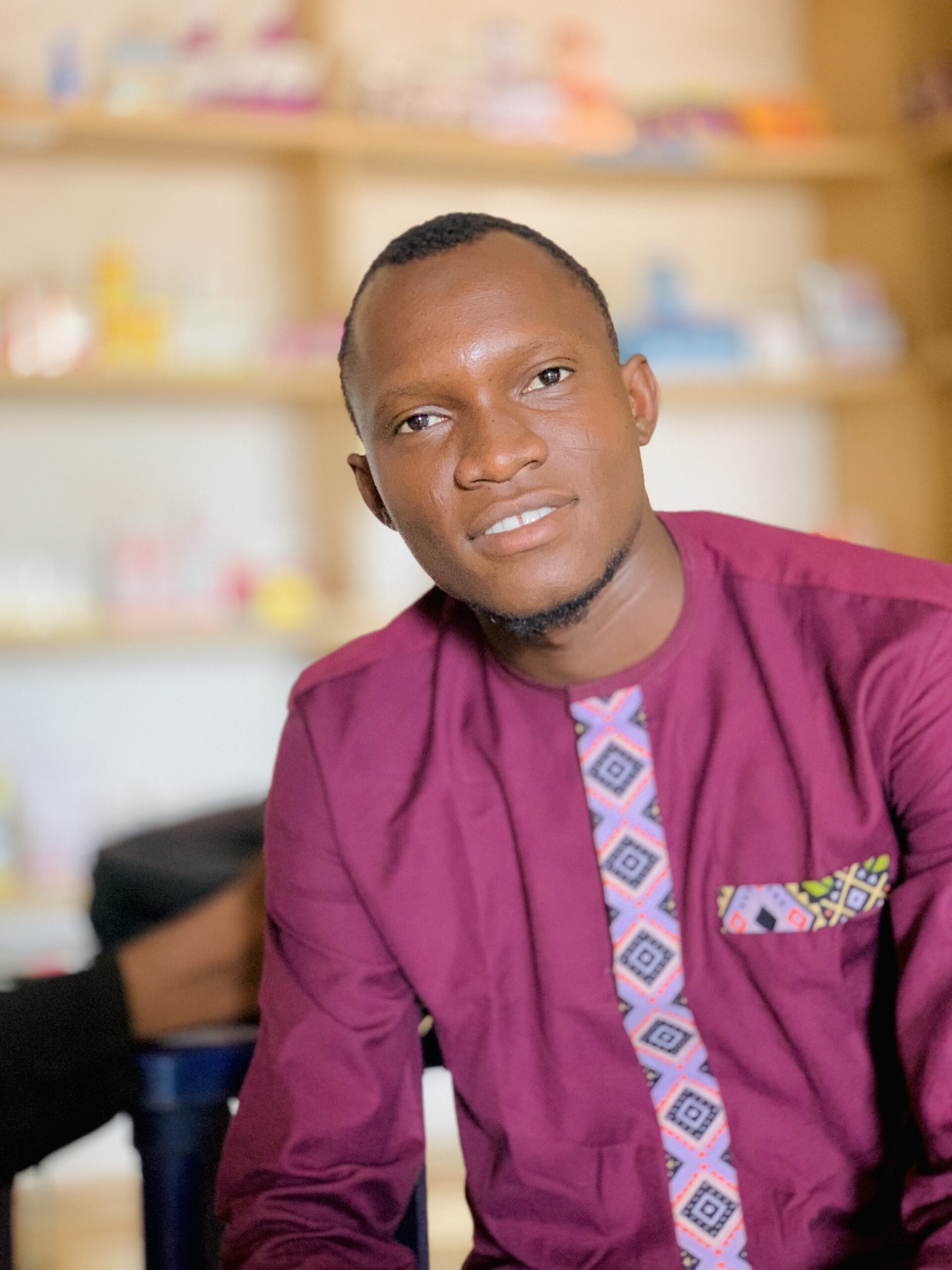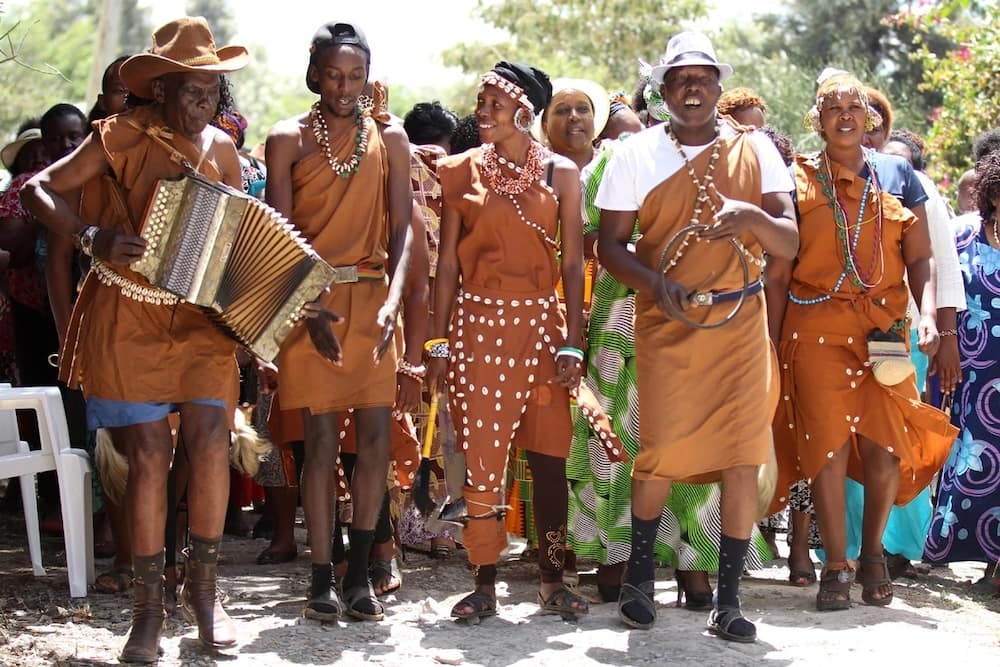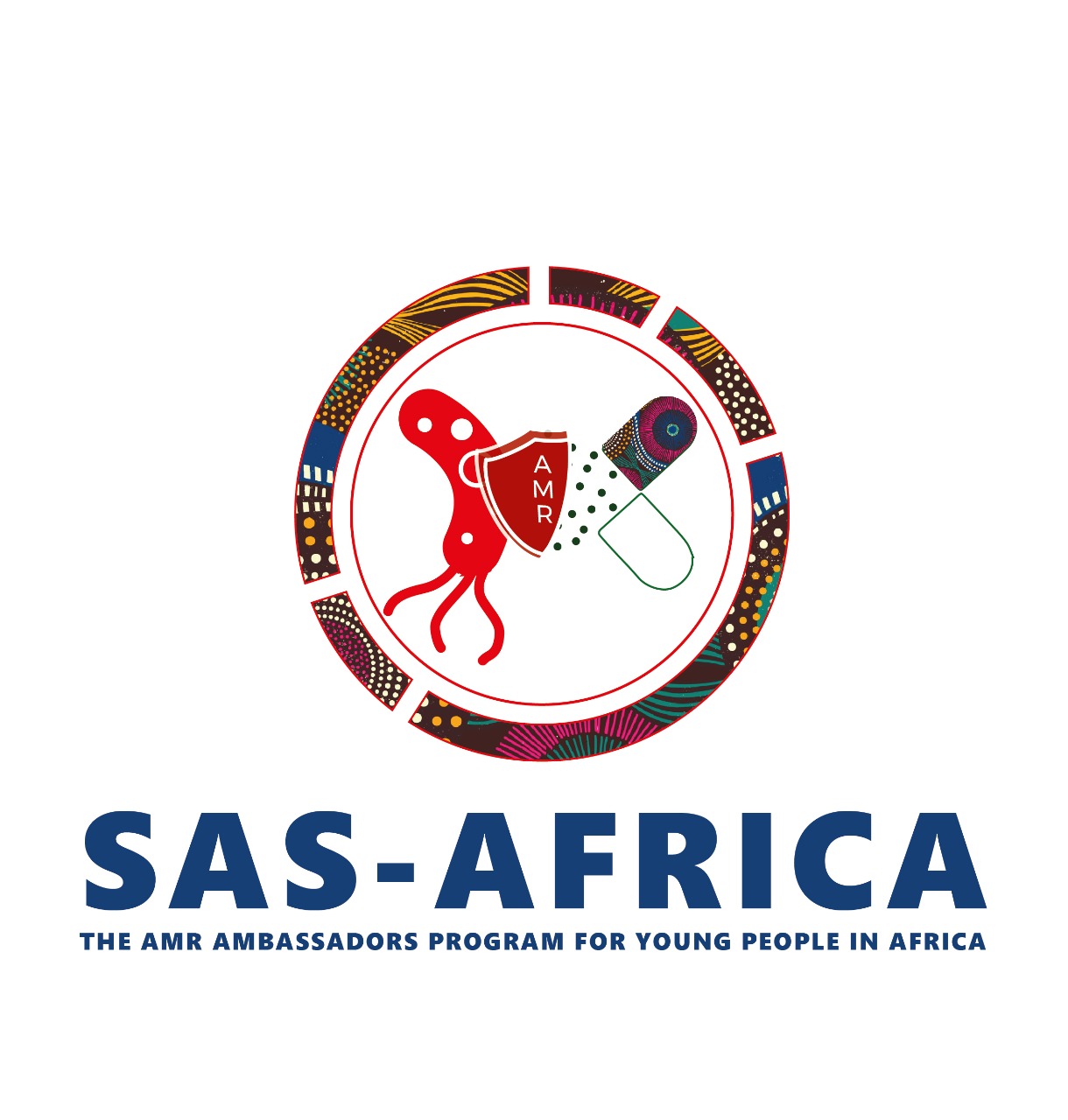TEAMS
TEAM:
UDUYARS
COUNTRY:
Usmanu Danfodiyo University
UNIVERSITY:
Nigeria

Abdulgafar Ahmad Onikoko

Tajudeen Idris

Muhammad Omisanya2

Zakariya'u Dauda.

Malqees Bayaki
Tajudeen Idris Olawale (Medical laboratory Sciences), Muhammad Omisanya ( Medicine and surgery), Balqees Mayaki (Education Chemistry), Abdulgafar Ahmad Onikoko, Zakariya’u Dauda (Medical laboratory Sciences)
Why we chose UDUYARS
The group believe the name best define us as a group of enthusiastic youth from Usmanu Danfodiyo University passionate about mitigating antimicrobial resistance majorly through stewardship among other ways like surveillance, advocacy etc.
U- Usmanu, D- Danfodiyo, U- University , Y- Young, A- Antimicrobial , R- Resistance, S- Stewards
Other Teams
OUR STORY
One of the beauty of the team is that we came from different professional backgrounds, different campuses, though the same university. I previously had worked on a project with Muhammad Omisanya and Tajudeen Idris themed “Tackling Antimicrobial Resistance from the grassroots” which was targetted at exposing young scholers aged 7-16 on the effects of AMR and how we could collectively mitigate it. Balqees Mayaki and Abdulgafar Ahmad are scholars in my university passionate about SDG-3. They both became part of the team because of their passion for a healthier world and good well-being. And we all make a great team! As a group, we have a high expectation of learning how to lead changes in our university and local communities to mitigate Antimicrobial resistance by the end of the program. We believe this program will expose us to the essential knowledge, skills and network needed to curb the menance of antimicrobial resistance both at
the global level and local level. We also expect the program expose us to valuable networks to collaborate to mitigate antimicrobial resistance together. AMR policy makers should focus on novel treatment by creating a sustainable ecosystem that leverages existing collaboration between the public and private sector. Prevent unrestricted use of these novel medications and only offer them to healthcare system in need of access and also provide return to manufacturers and investors incentives. Given the required investment, strategies to curb the spread of AMR will play out seamlessly if a sustainable ecosystem involving a push and pull incentives to appropriately reward success. Such an ecosystem must also ensure development of novel medications; these should be able to bypass all known mechanism of AMR
Antimicrobial resistance occurs when bacteria change and no longer respond to drugs made to kill them. They can survive and even grow in the presence of antibiotics, thereby making the treatment of diseases difficult. Resistance to antibiotics is a natural process, however the way we use these antibiotics determine how fast this resistance occurs.
Yoruba
Idaduro antimicrobial waye nigbati awọn kokoro arun yipada ati pe ko dahun si awọn oogun ti a ṣe lati pa wọn. Wọn le yege ati paapaa dagba ni iwaju awọn oogun apakokoro, nitorinaa ṣiṣe itọju awọn arun nira. Atako si awọn egboogi jẹ ilana adayeba, sibẹsibẹ ọna ti a nlo awọn oogun apakokoro wọnyi pinnu bawo ni iyara yii ṣe waye.
Hausa
Kwayoyin cuta suna gina ma kansu Garkuwa ko shamaki daga magungunan da akayi don kashe su, wanda ake kira “Antimicrobial resistance” a turance wanda muna iya kiranshi Juriyar kwayoyin cuta
Juriya na ƙwayoyin cuta yana faruwa lokacin da ƙwayoyin cuta suka canza kuma ba sa amsa magungunan da aka yi don kashe su. Suna iya rayuwa har ma da girma a gaban maganin rigakafi, wanda hakan zai sa maganin cututtuka ya yi wahala. Juriya ga maganin rigakafi tsari ne na halitta, duk da haka yadda muke amfani da waɗannan maganin rigakafi yana ƙara saurin yadda wannan juriya ke faruwa.




